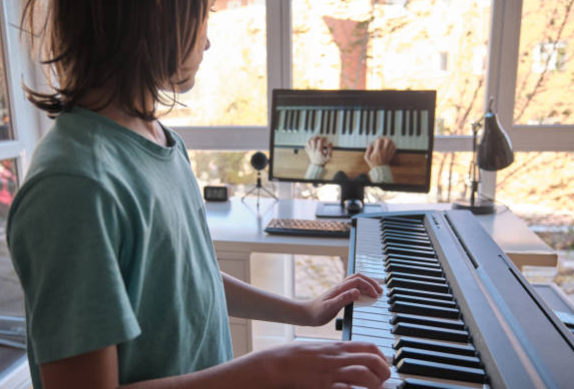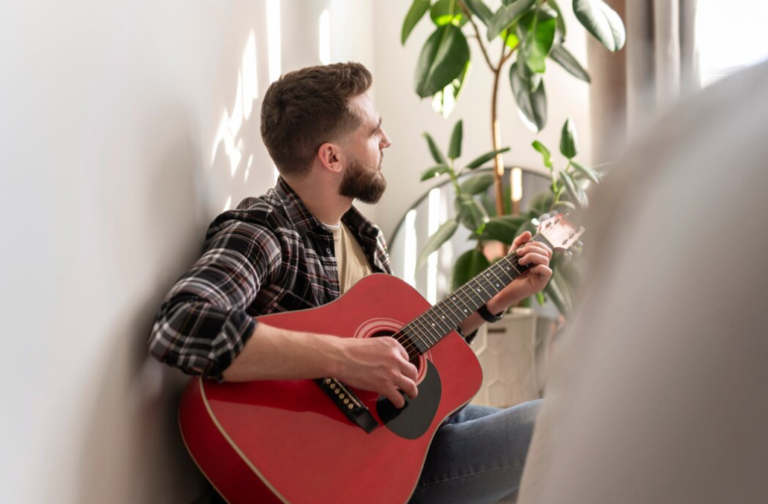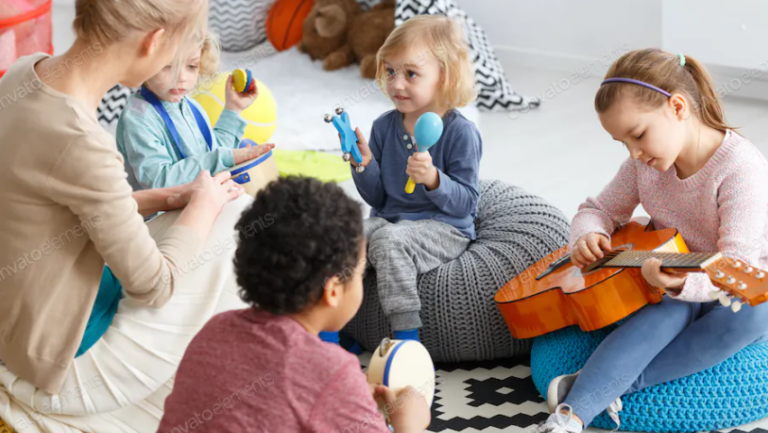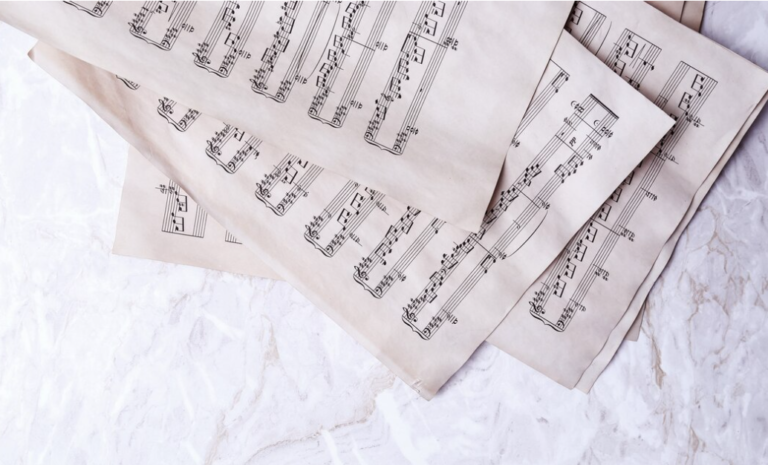Are Online Music Lessons as Effective as In-Person Ones?

If you’ve ever considered learning an instrument, or you’re a parent thinking about lessons for your child, you’ve probably asked this question: Are online music lessons just as good as in-person ones?
The short answer? Yes, they can be. But like most things in music (and life), the full answer depends on a few key factors.
In this blog, we’ll break it all down so you can make the best decision for your learning style, schedule, and goals.
The Rise of Online Music Lessons
Online lessons have been around for a while, but they exploded in popularity during the pandemic. Zoom, Skype, FaceTime—you name it—musicians everywhere adapted quickly to keep learning and teaching.
And now that we’ve seen it work, online music education is here to stay. But how does it stack up against the traditional, face-to-face format?
Let’s Compare: Online vs. In-Person Lessons
1. Instruction Quality
A good teacher is a good teacher—whether they’re sitting next to you or on a screen. Many professional musicians and educators now teach online, offering the same knowledge, structure, and encouragement as they would in a studio setting.
What really matters is their ability to explain concepts clearly, demonstrate techniques effectively, and give helpful feedback. All of this can be done online with the right setup.
Bottom line: The quality of the lesson depends more on the teacher than the format.
2. Student Engagement
Some students thrive in an online environment. Others might get distracted more easily without the in-person connection.
Younger students, especially, may benefit from the structure of being physically present with a teacher. On the flip side, older students and adults often love the convenience of logging in from home.
Tip: If you’re doing online lessons, it helps to create a quiet, dedicated learning space without distractions.
3. Convenience and Flexibility
One of the biggest perks of online lessons is flexibility. No travel time, no waiting in traffic, and no need to cancel if you’re running a few minutes behind. You can learn from the comfort of your home—even in your pajamas (no judgment!).
This can make it easier to stick with lessons long-term, which is key to real progress.
Bonus: You’re not limited to teachers in your local area. You can learn from a specialist on the other side of the world.
4. Technology Tools
Online platforms can actually enhance learning with tools like:
- Screen sharing for digital sheet music or instructional videos
- Recording lessons to review later
- Virtual whiteboards for theory explanations
- Real-time chat and file sharing for practice assignments
As long as you have a decent internet connection, a webcam, and a mic, you’re good to go.
5. Hands-On Correction
This is one area where in-person lessons have an edge. A teacher sitting beside you can adjust your hand position, fix posture, or guide finger placement more easily than someone on screen.
That said, many online teachers have found creative ways around this. They might use multiple camera angles or slow-down demonstrations to make sure students get the right technique.
If you’re a total beginner on an instrument like violin or piano, in-person might feel more reassuring at first. But once you have the basics, online can be just as effective.
What Kind of Learner Are You?
Here’s a quick checklist to help you decide what might suit you best:
- You might prefer in-person lessons if:
- You’re a total beginner needing hands-on help
- You’re easily distracted online
- You learn best through physical interaction and observation
- You’re a total beginner needing hands-on help
- You might prefer online lessons if:
- You value convenience and flexibility
- You have a busy schedule
- You’re comfortable with tech and digital tools
- You want access to a wider variety of teachers
- You value convenience and flexibility
A Hybrid Approach? Best of Both Worlds
Some students mix both formats—doing regular online lessons with occasional in-person check-ins. This hybrid approach gives the flexibility of online learning with the occasional hands-on boost.
It’s also common for students to start with in-person lessons and then switch to online once they build confidence.
Wrap Up
Online music lessons can absolutely be just as effective as in-person ones—if you have a good teacher, a reliable setup, and the motivation to practice.
Ultimately, the best lesson format is the one that keeps you learning, growing, and enjoying your instrument.
So whether you’re in a studio or on a screen, keep showing up, keep practicing, and keep the music going.
If you’re interested in learning an instrument, at Real Brave, we offer an incredible experience like no other place in music lessons for kids and adults by guiding them from the beginning stages of getting to know an instrument all the way through performing for family and friends on stage. Our instructors come from all over the world, bringing extensive experience on a wide range of instruments. Click below and book a free lesson with us!
Author: Daniel Powers Jr, the founder of Real Brave™, serves as the chief inspiration to thousands of students in the Real Brave music instruction program. He’s also the visionary behind PracticePad™, an online platform for live one-on-one online music lessons, lesson tracking, and scheduling. Beyond his entrepreneurial pursuits, Daniel leads a non-profit organization that provides formerly homeless children with access to music education, making a profound impact on their lives. His unwavering dedication to music, innovation, and education continues to inspire individuals to reach their fullest potential while creating positive change in communities. Follow Real Brave on all the socials:
youtube.com/@realbraveinc
twitter.com/realbraveinc
https://www.tiktok.com/@realbraveinc
instagram.com/realbraveaudio
facebook.com/realbraveinc





